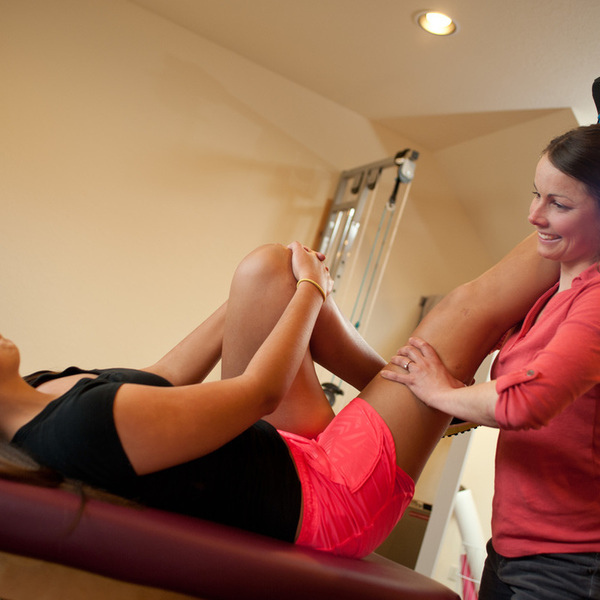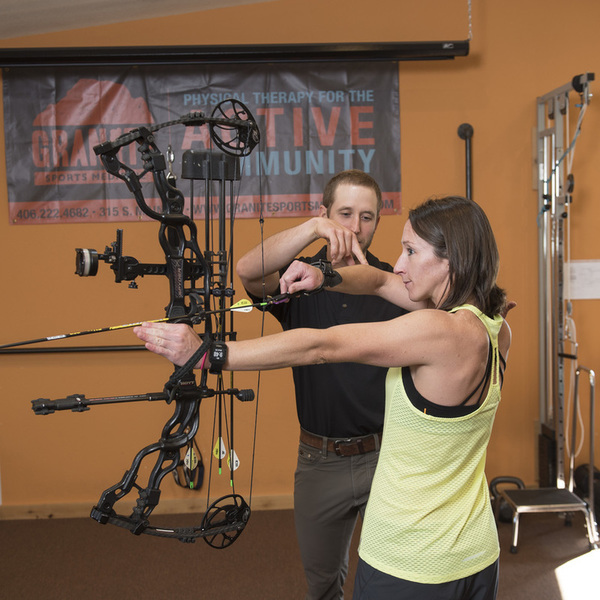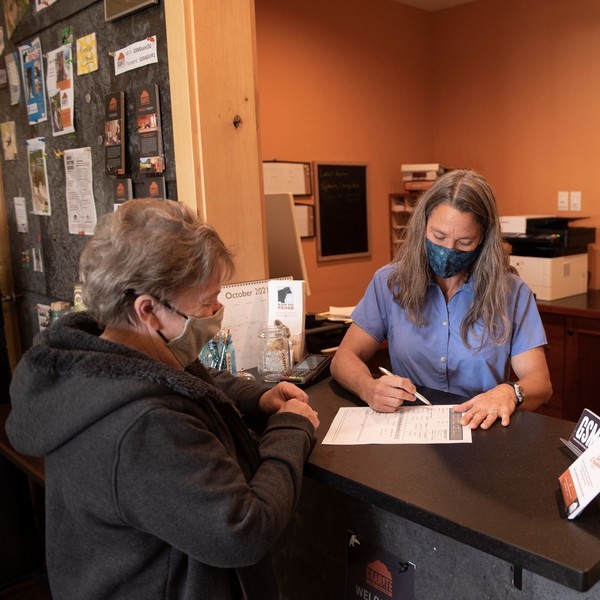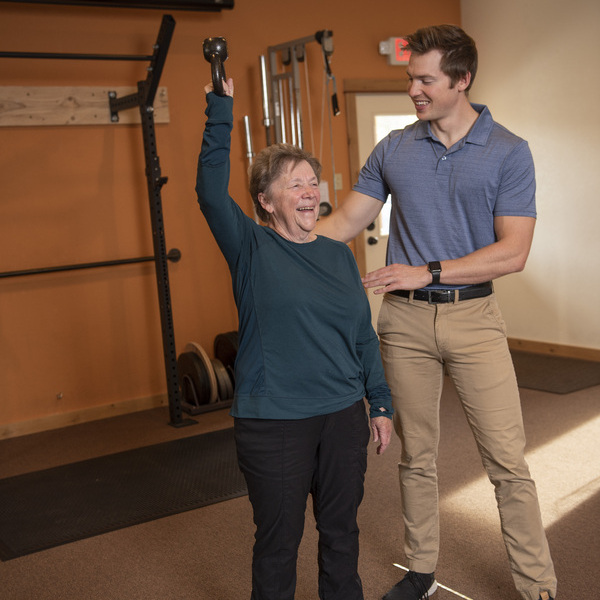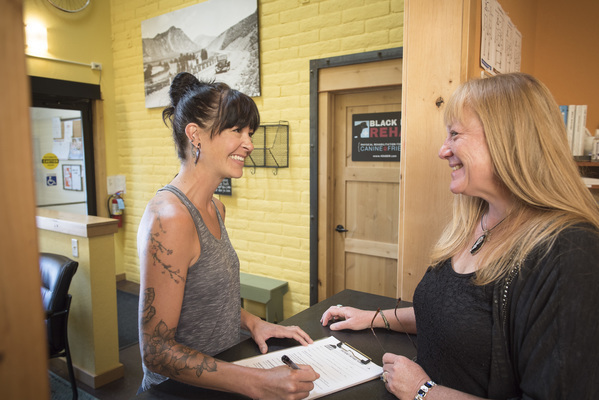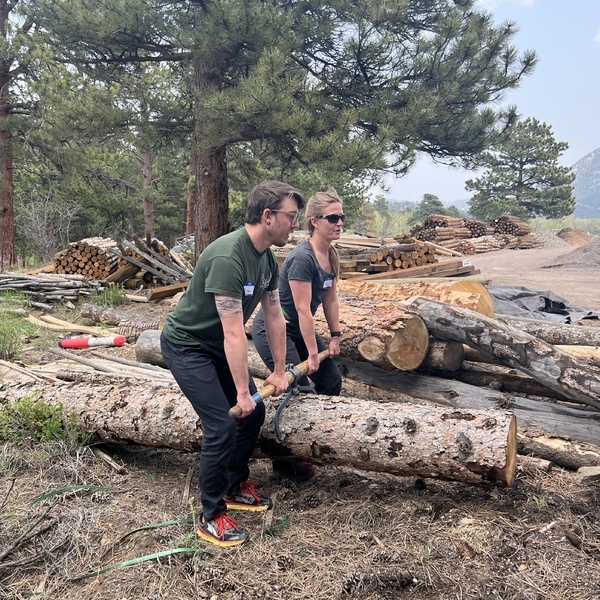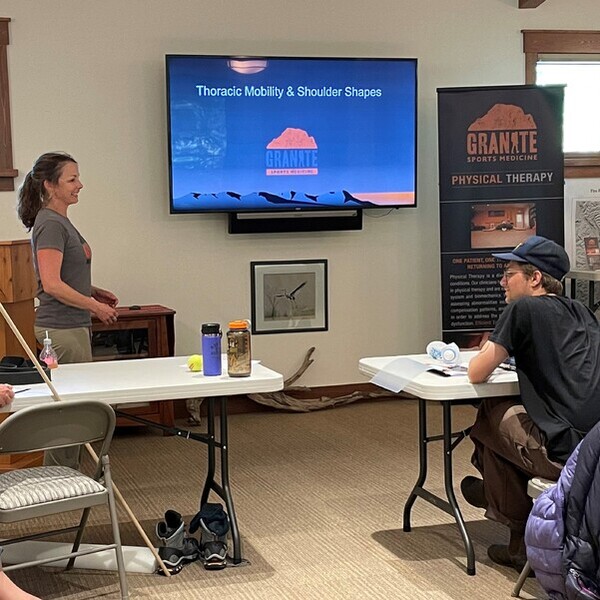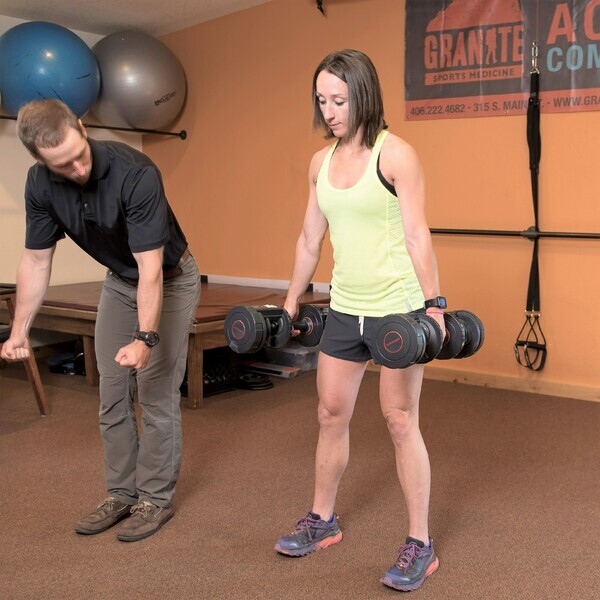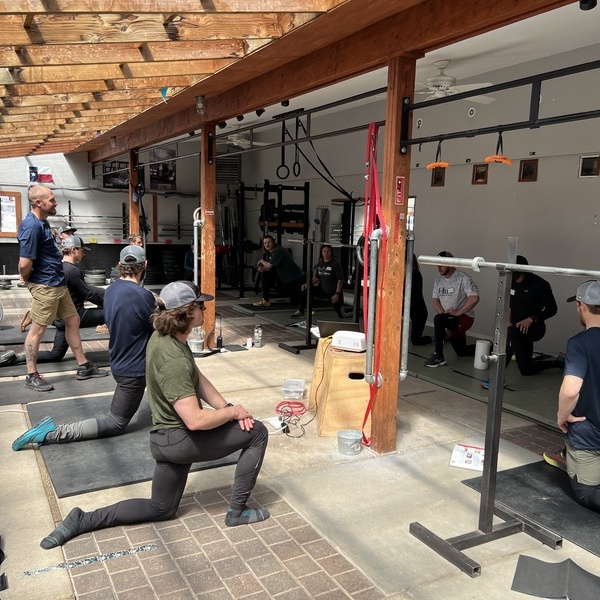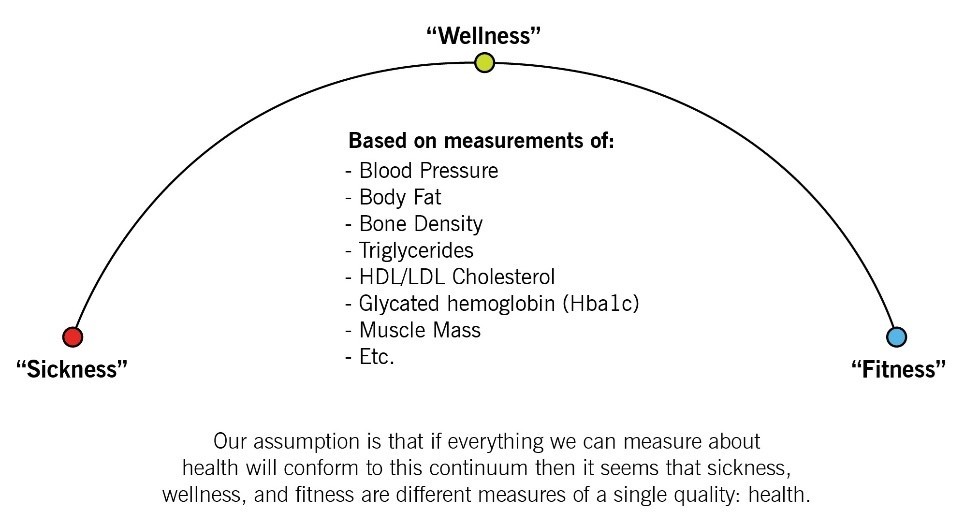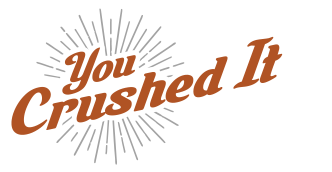At GSM we are known to chant “Strong people are harder to kill!”, but how do we measure strength? It is quantified with a term called one repetition maximum (1RM), which is the most amount of weight that you can move one time. If this makes you think of high-level CrossFit athletes and Olympians, think again! 1RM can be applied to several different movement patterns that we do all day long such as squatting to a toilet, deadlifting a laundry basket, or overhead pressing our kayak onto the roof rack. But what happens when getting off the toilet is so taxing that it is a max effort just to do it once? That indicates a person is maxing out throughout their daily routine or operating at 1RM Living. 1RM Living is dangerous in many ways. It puts us at a high injury risk by putting excess strain on tissues and creating tremendous fatigue which can increase our fall risk. It creates a big spike in blood pressure which challenges our cardiovascular system in a less than ideal way, and it slows recovery which keeps our tissue sore all the time. Even Olympic powerlifters only train to hit their 1 RM a few times a year, certainly not every day!
The good news is that our tissues are highly adaptable, and we can improve strength at any point in our lifespan if we challenge ourselves appropriately. Strength training increases our 1RM capacity so getting out of the chair becomes easy and allows us to get through our day without crossing that 1RM threshold. This leads to better tissue resilience, better activity tolerance, and lower risk of injury.
Unfortunately, “strength training” is often a misunderstood term and is often incorrectly thought to be high repetitions of unweighted exercises. To be hitting the intended strengthening stimulus, we need to be fatigued by the end of short bursts such as 5 repetitions 5 times. In a nutshell, this means load, load, load! If getting out of a low chair is a 1 RM max for you, scale (adjust) back to using your arms so you can do 5. As you build capacity and progress, you will no longer need to use your arms and then you’ll begin loading your squat by holding a gallon of water. Next thing you know, you’ll be confident holding that adorable grandbaby while you pop out of your recliner! Strength can and SHOULD be built from any level, whether it’s working on standing from a chair without using your hands or loading plates onto the bar. Increase your strength to fend off 1RM Living; your body will thank you!
Co authored by Lexi Klawitter, DPT and Darcy Cook, MSPT
 Call 406 222 4682
Call 406 222 4682 Text 406 222 4682
Text 406 222 4682 Get Directions
Get Directions Instagram
Instagram  You Tube
You Tube 
